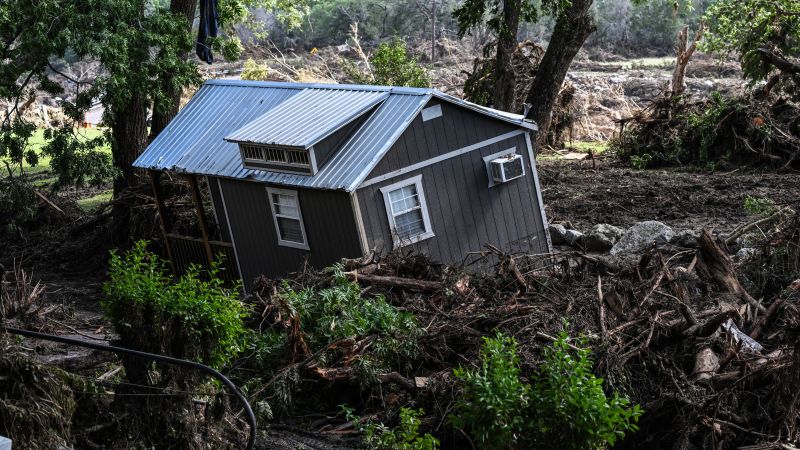Texas Floods Claim Over 120 Lives as Warnings Go Unheeded

Residents of Kerr County, Texas, faced a devastating natural disaster on July 4, when the normally tranquil Guadalupe River transformed into a raging torrent. The catastrophic flooding has resulted in at least 120 fatalities, with over 150 individuals still unaccounted for. This tragedy raises pressing questions about the actions taken by local leaders in response to warnings issued by the National Weather Service (NWS).
As heavy rains loomed, state emergency management officials began pre-positioning resources in anticipation of severe weather. On the morning of July 3, Texas Lt. Gov. Dan Patrick reported that a weather briefing included local judges and mayors. Just hours later, the NWS issued a flood watch for Kerrville and nearby areas, predicting rainfall of 5 to 7 inches.
The situation escalated dramatically at 1:14 a.m. on July 4, when the NWS issued an urgent alert warning of “life-threatening flash flooding.” Within hours, the Guadalupe River overflowed, wreaking havoc on summer camps, homes, and recreational vehicles. Many residents reported mixed experiences with notifications, as some received text alerts while others did not.
Despite the NWS’s timely warnings, the actions taken by local public safety officials remain unclear. Reports indicate that communication gaps may have hindered timely evacuation efforts. It is uncertain if Kerr County leaders were present during the critical emergency management call or how closely they monitored ongoing weather updates.
In the aftermath, some local and state leaders have become defensive, emphasizing their focus on ongoing rescue efforts. In a recent briefing, Texas Governor Greg Abbott dismissed inquiries about accountability, stating, “Know this, that’s the word choice of losers.” Yet, community members are demanding clarity on how prepared their leaders were for the disaster.
The situation in Texas echoes criticisms faced by authorities in other recent natural disasters. Following the deadly fires in Los Angeles earlier this year, local officials were criticized for failing to adequately respond to prior warnings. Notably, despite a dire forecast from the NWS, the Los Angeles Fire Department did not mobilize the necessary personnel to prepare for the impending windstorm.
Similarly, investigations into the Maui wildfires of August 2023 revealed significant shortcomings in emergency preparedness. Despite a red flag warning from the NWS, emergency sirens across Maui remained silent during the catastrophic events. Officials have cited various reasons for this failure, but many residents were left without adequate warnings to evacuate.
In February 2021, Texas experienced another disastrous weather event when a severe winter storm led to widespread power outages and infrastructure failures, resulting in more than 200 deaths. During that crisis, Governor Abbott placed blame on the Electric Reliability Council of Texas (ERCOT) for inadequacies in preparing for the storm.
As investigations into the recent floods continue, the urgency to understand the actions taken by local leaders is clear. The NWS has been praised for its proactive communication; however, the effectiveness of disseminating those warnings to the public remains in question.
Rick Spinrad, former head of the National Oceanic and Atmospheric Administration, affirmed that the NWS fulfilled its responsibilities, saying, “The watches and warnings went out. Clearly the heartbreak… is that those warnings were not received.”
As Kerr County residents cope with the aftermath of this tragedy, the discourse surrounding disaster preparedness and governmental accountability intensifies. The need for a thorough examination of response measures is critical to ensure that communities are better equipped to handle future emergencies.





